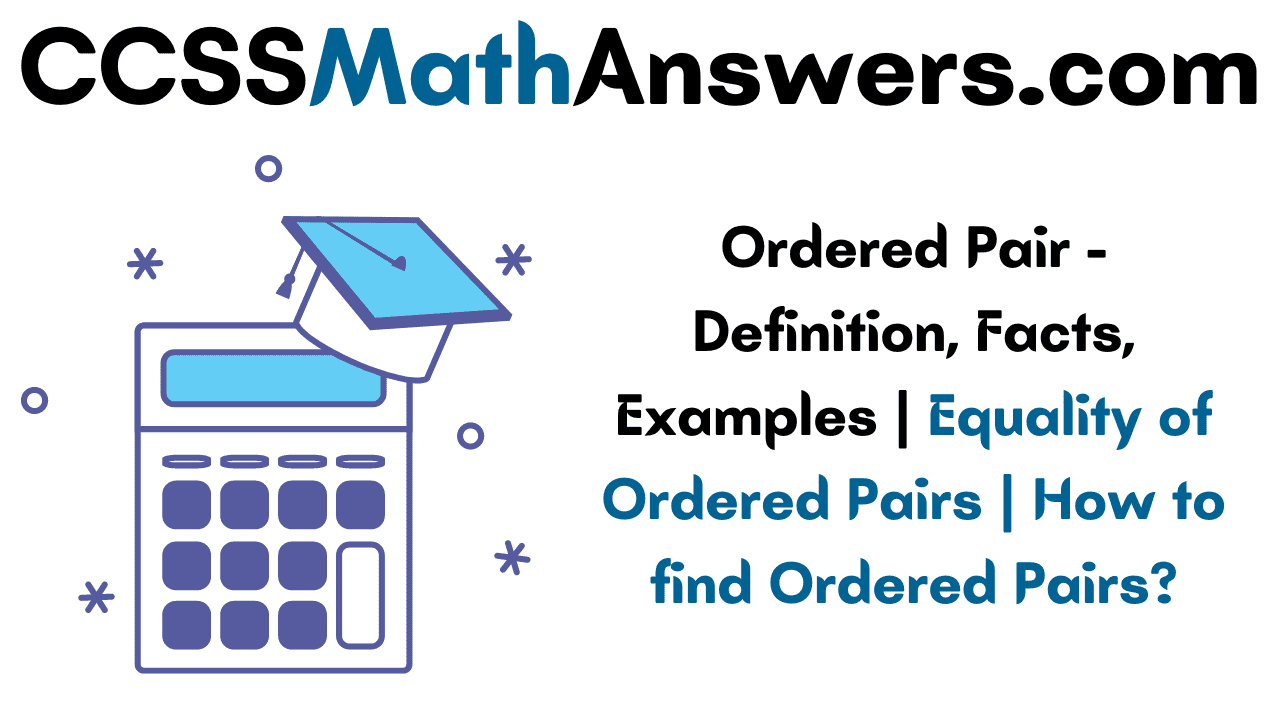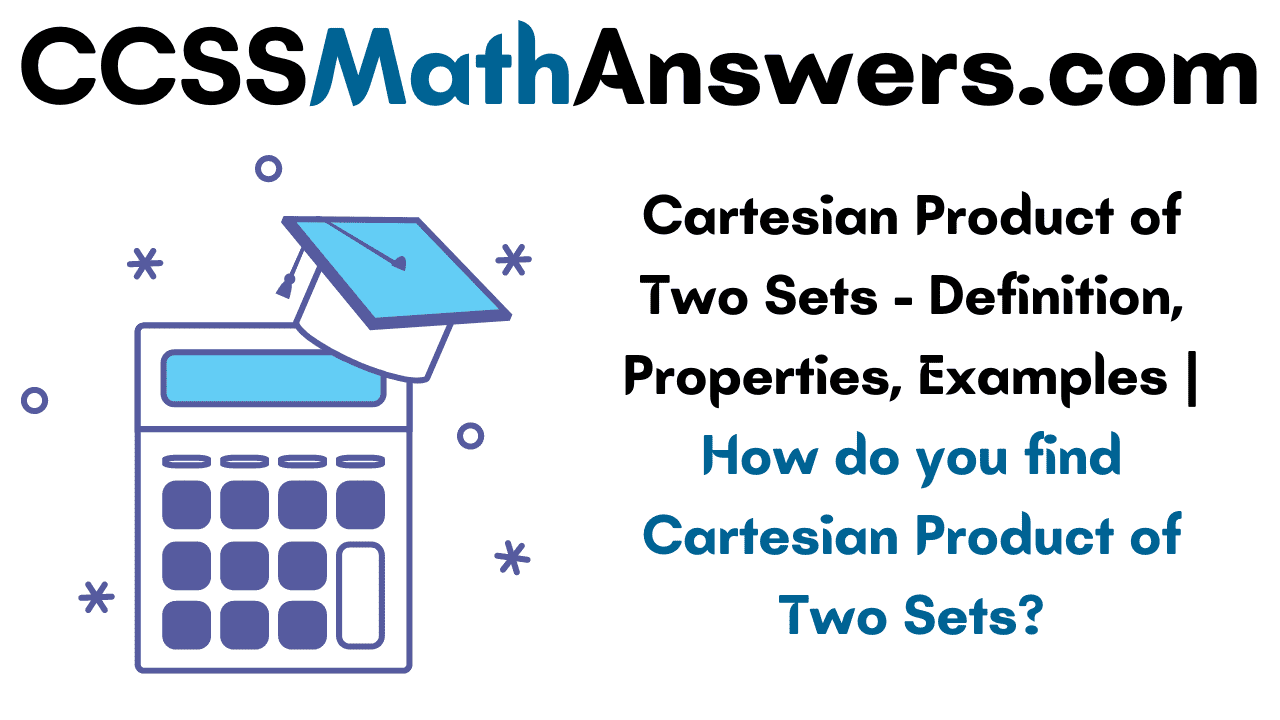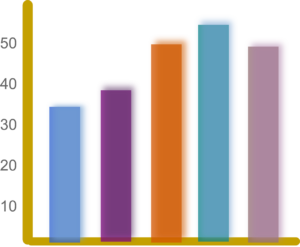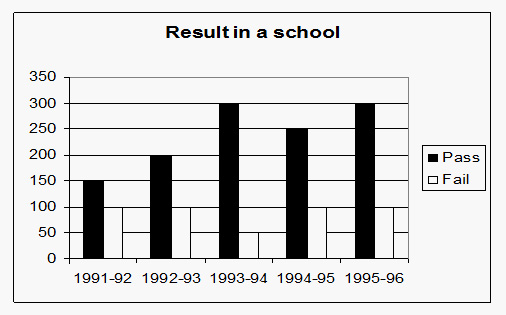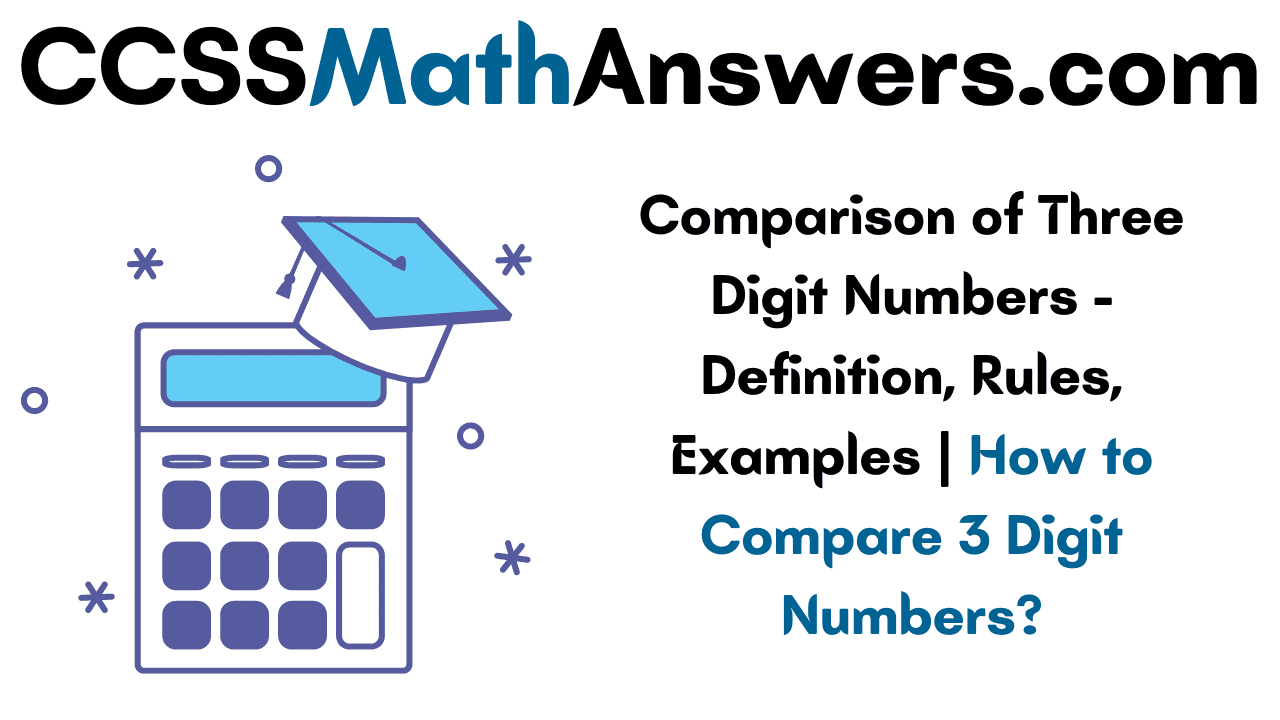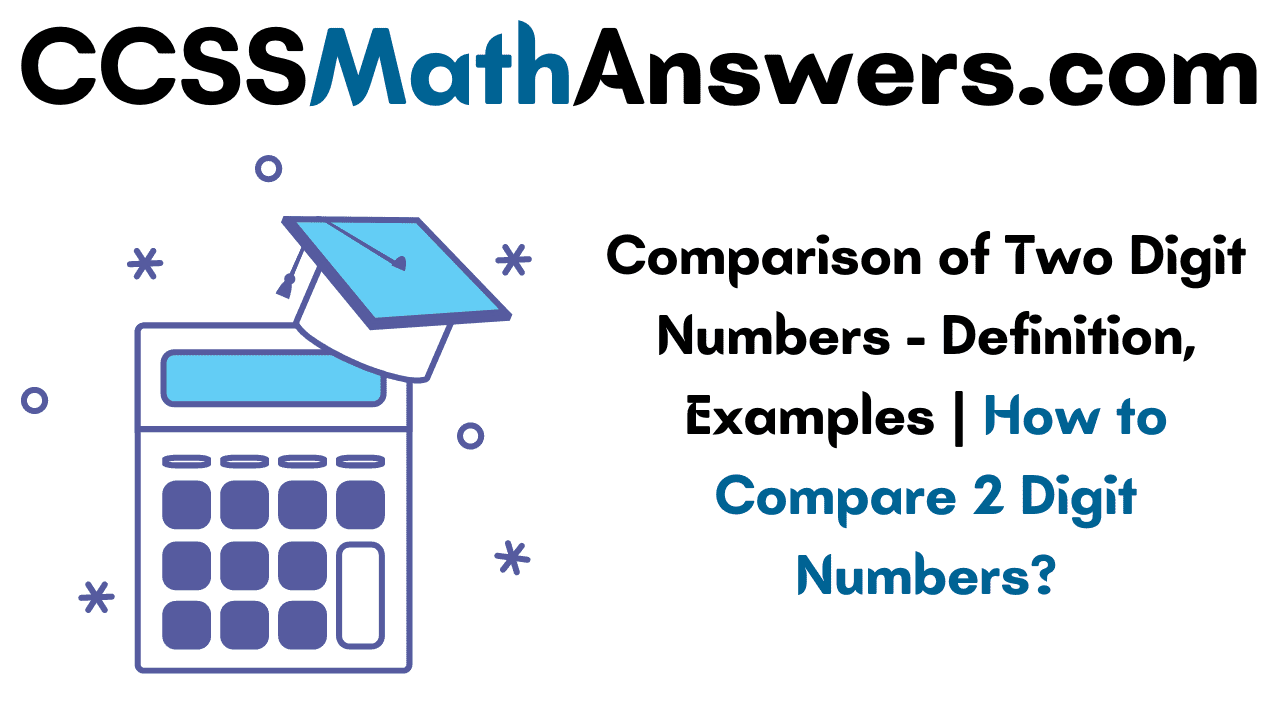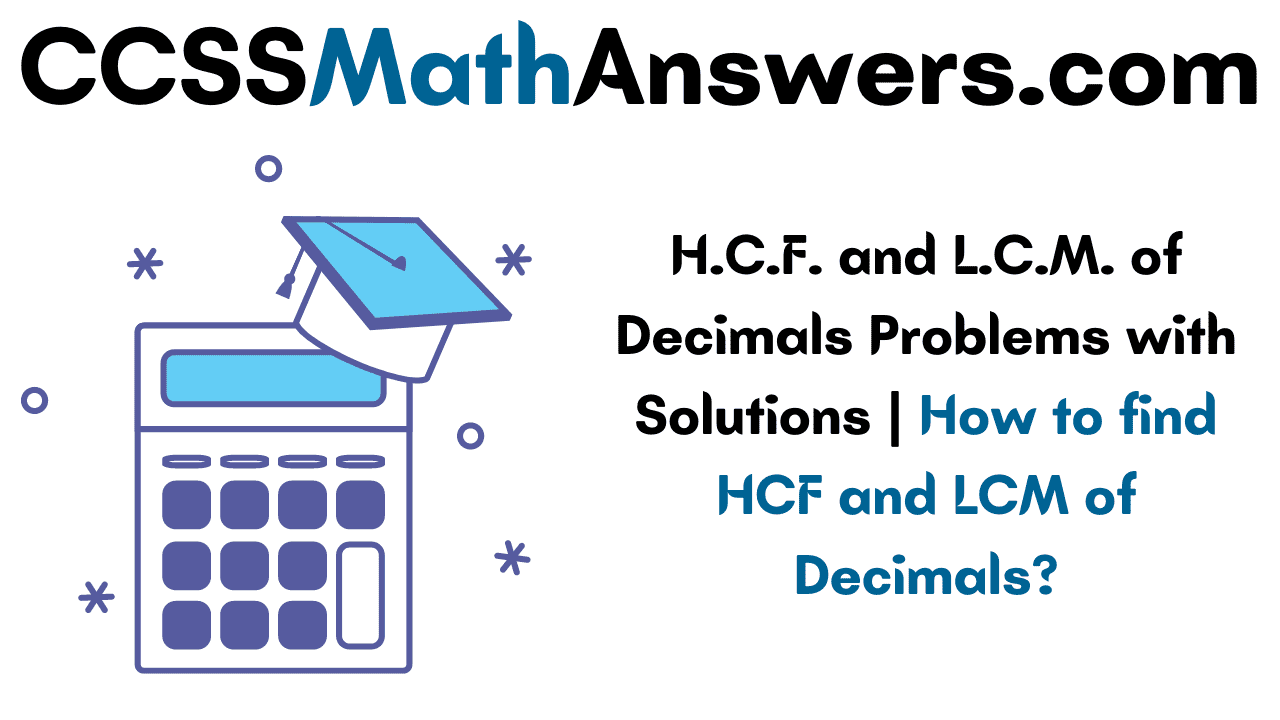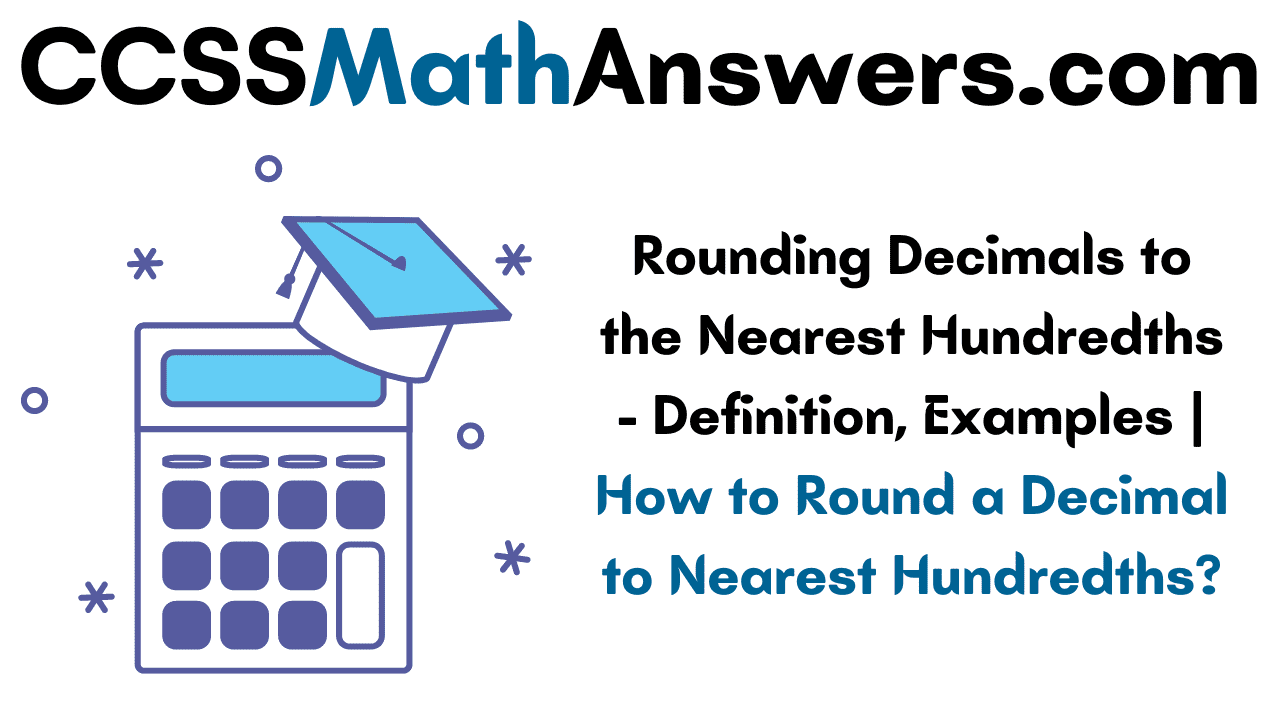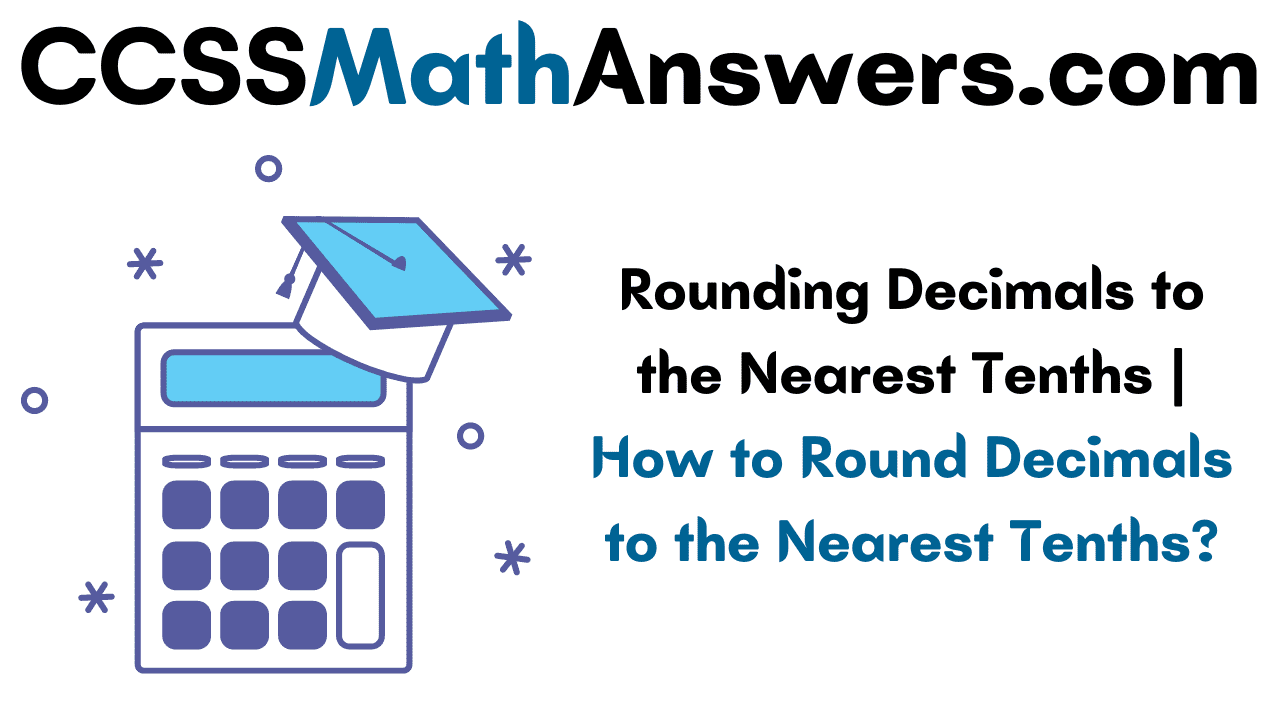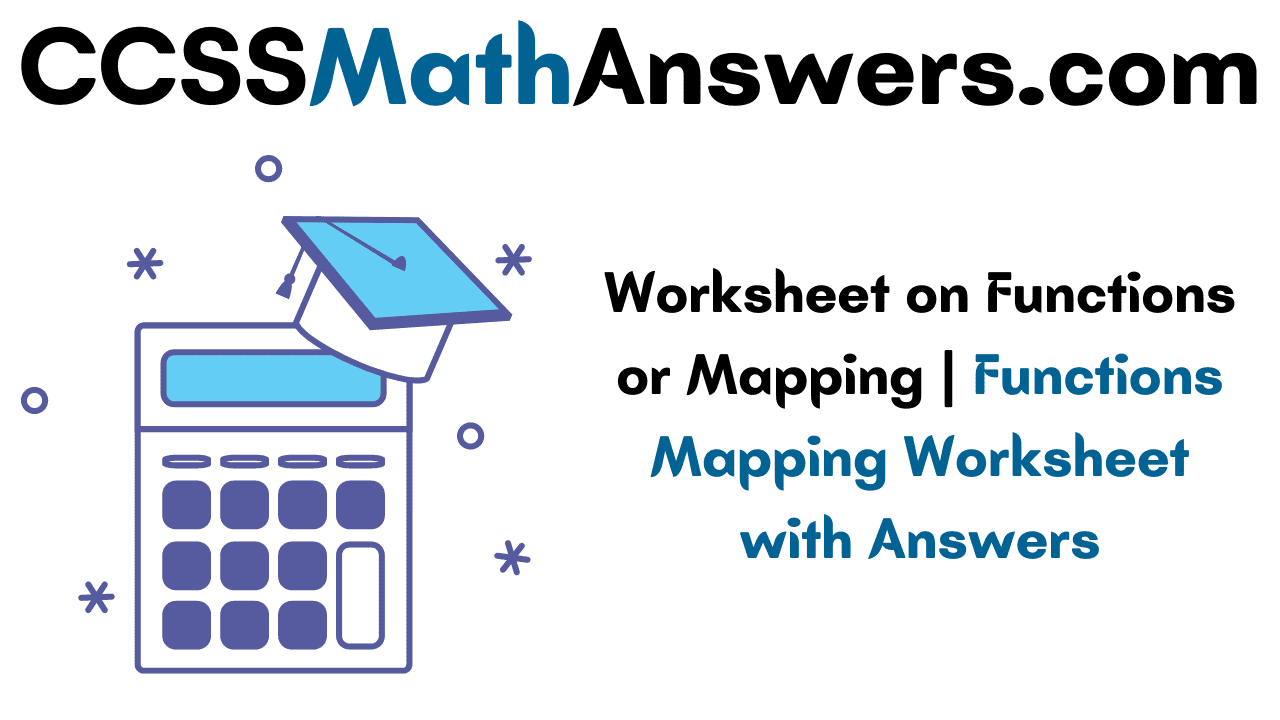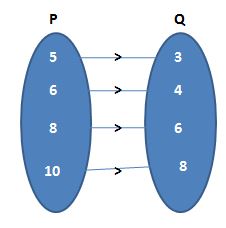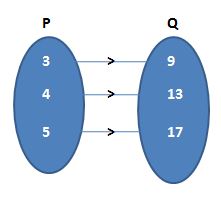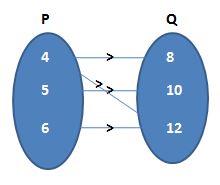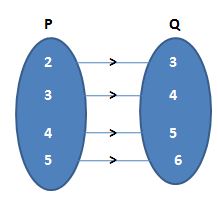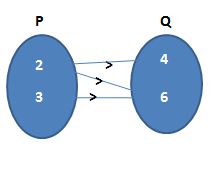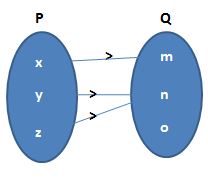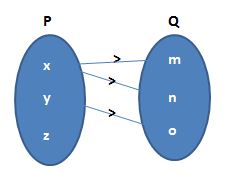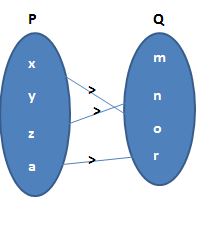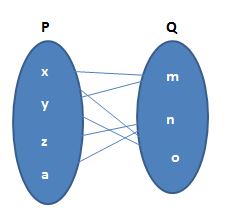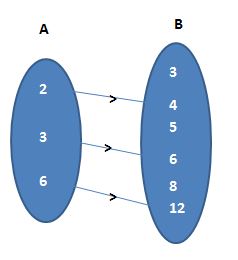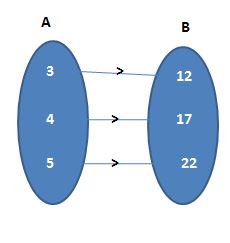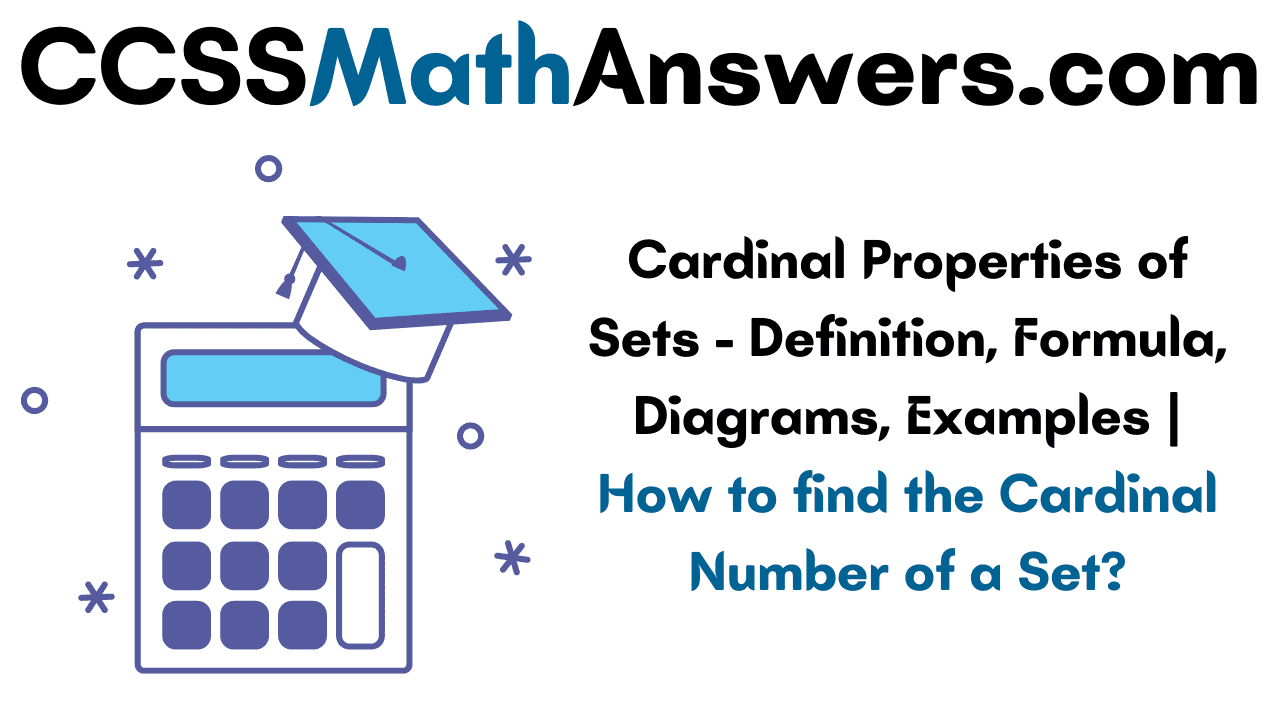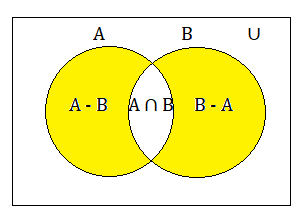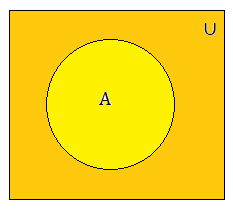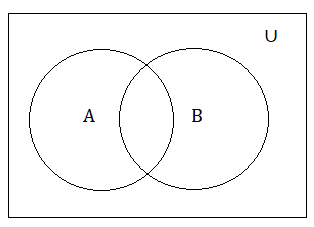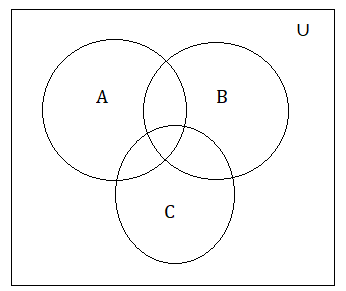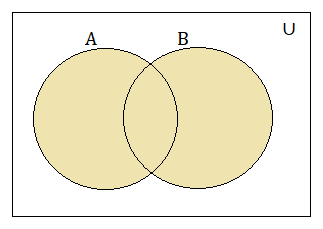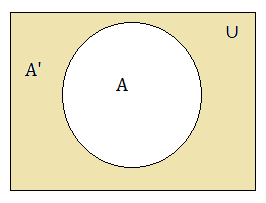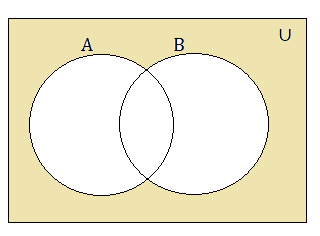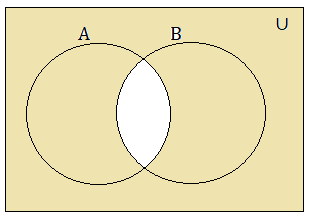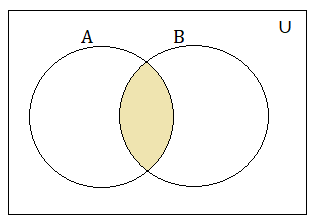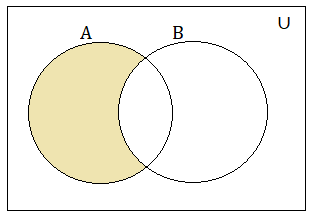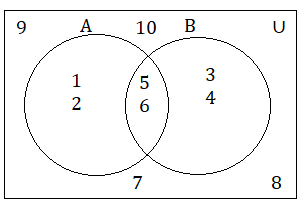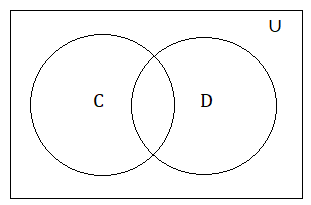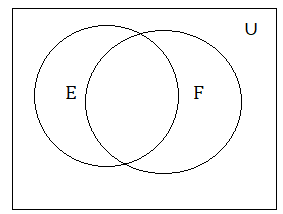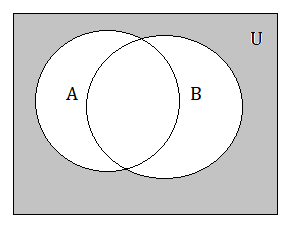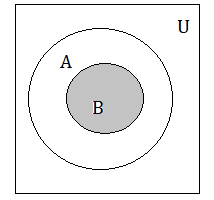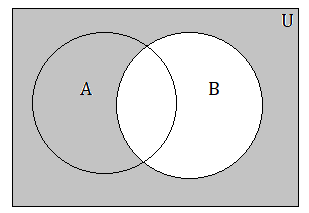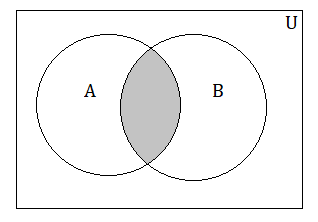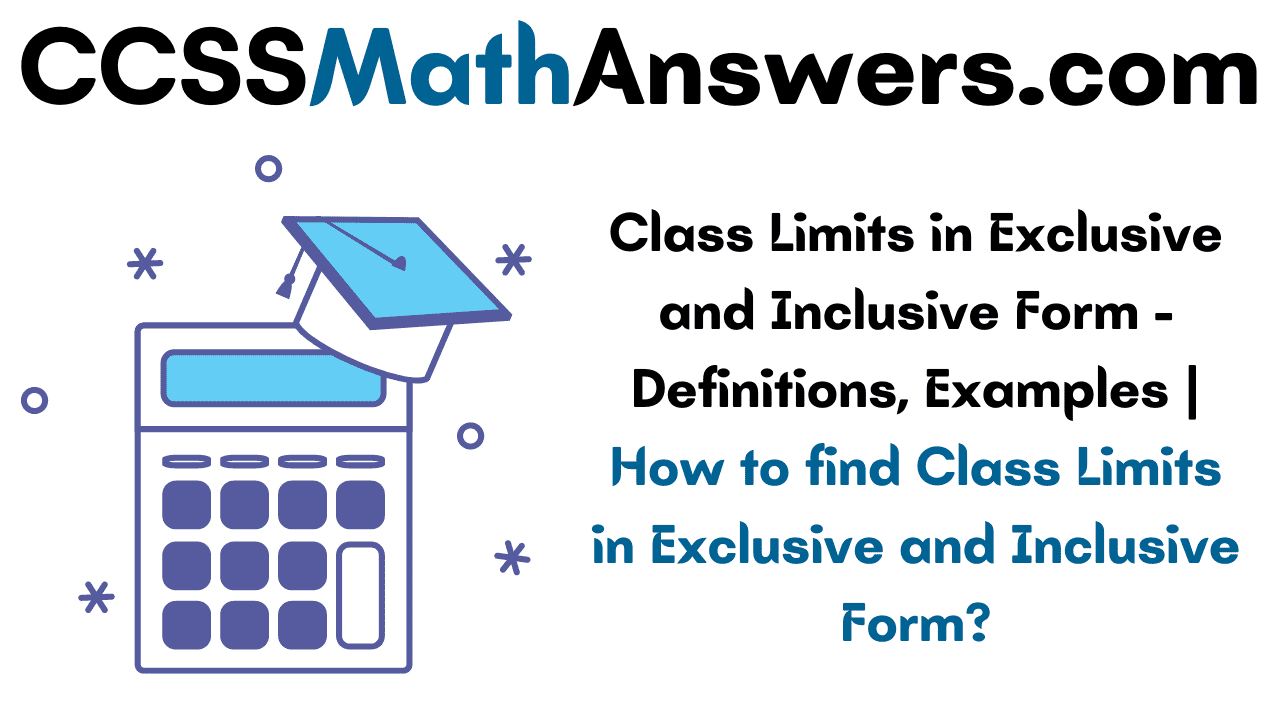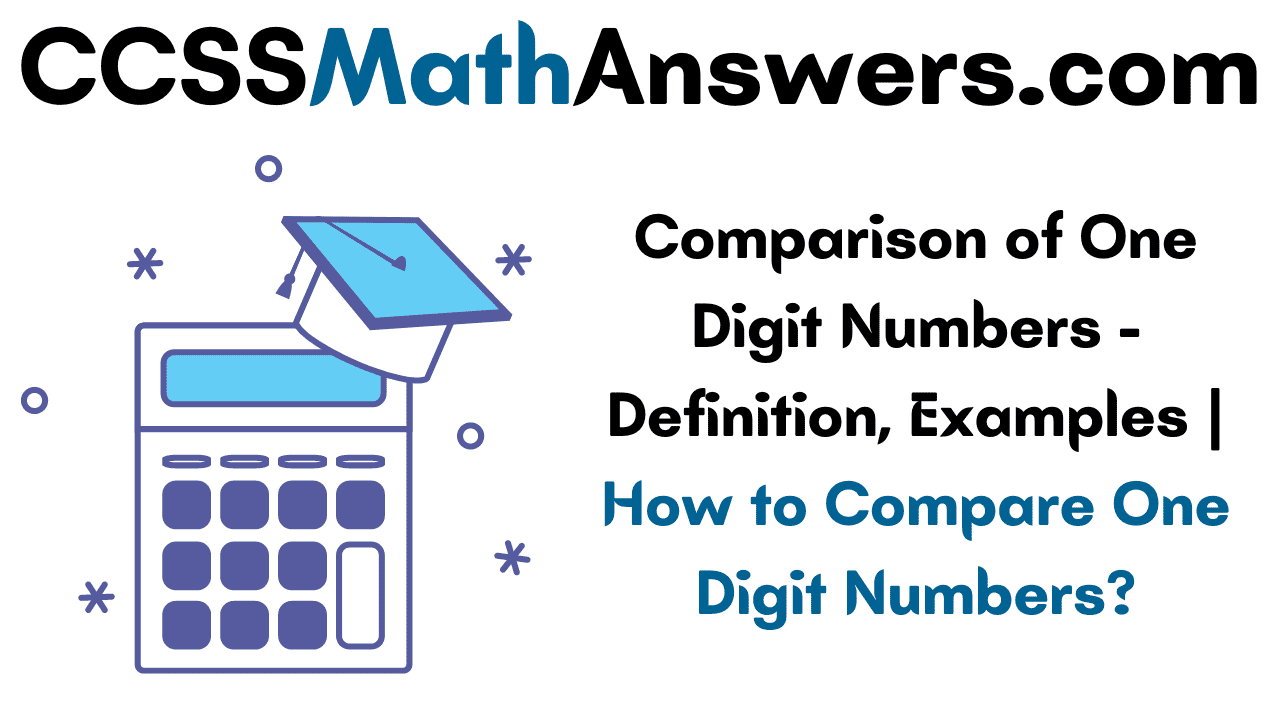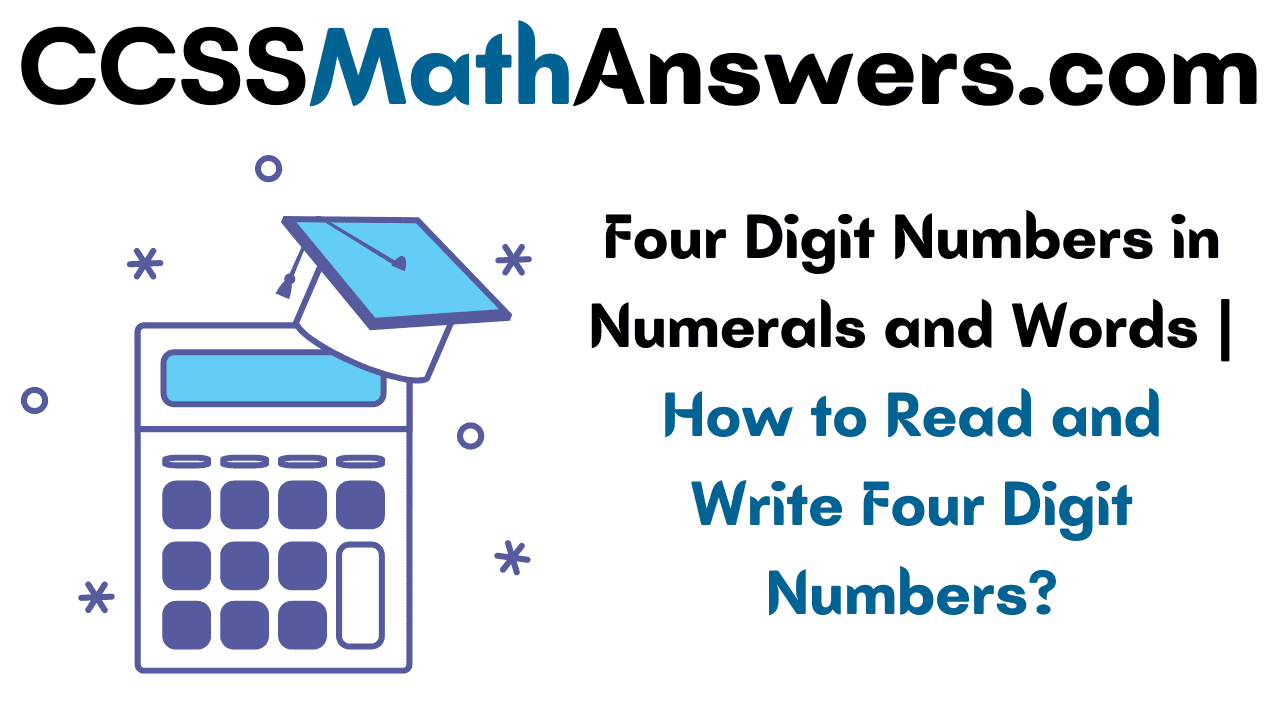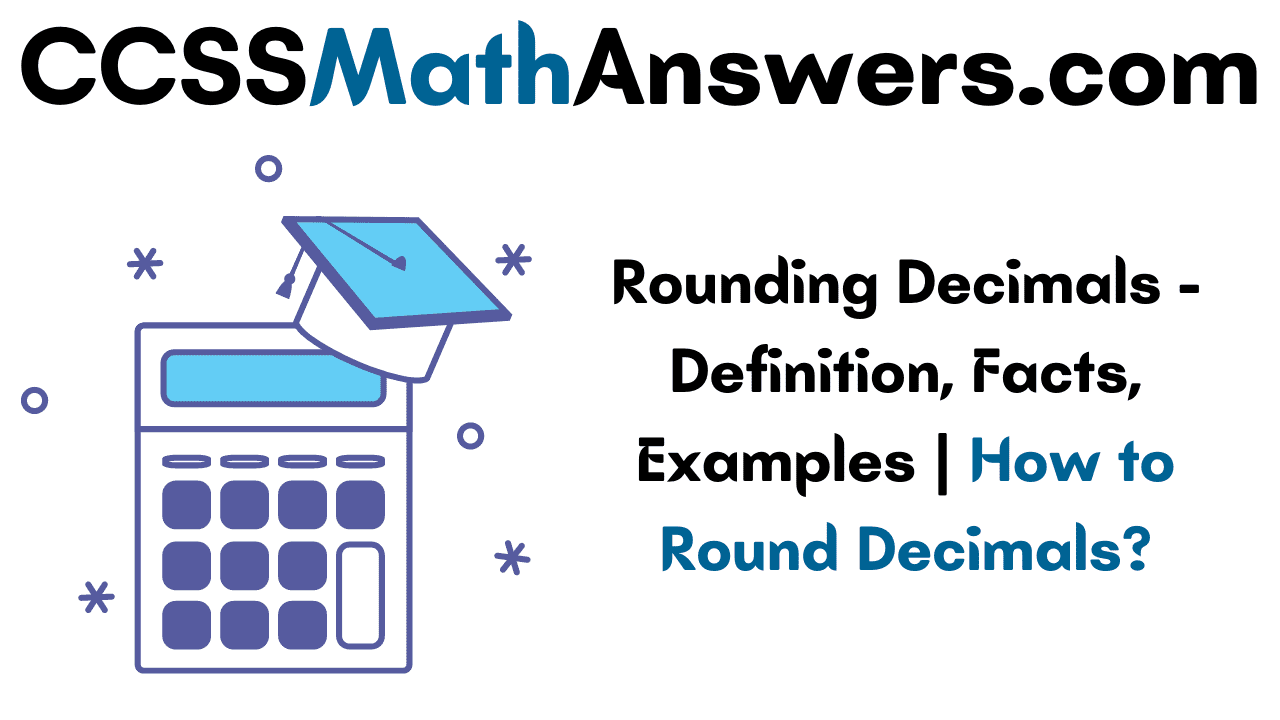Sets are a collection of well-defined objects. In general, we can represent a set in three forms they are statement or description form, roster form, and set builder. The other easy way to represent a set in some situations is an ordered pair. As we already learned that an ordered pair in the coordinate plane has two coordinates namely x-coordinate and y-coordinate. In the same way, ordered pair in the set theory also has two elements. Check the following sections to know more about an ordered pair definition and solved questions.
Also, Read:
What is an Ordered Pair in Math?
The pair of elements that occur in a particular order, separated by a comma and are enclosed in brackets is called a set of ordered pairs. If a, b are two elements of a set, then it is possible to write two different pairs are (a, b) and (b, a). In (a, b) a is called the first component and b is called the second component.
If A and B are two sets and a is an element of set A and b is an element of set B, then the ordered pair of elements is (a, b). Here a is called the 1st component and b is called the 2nd component of the ordered pair. The ordered pair is used to locate a point in the coordinate system. The first integer in the ordered pair s called either x-coordinate or abscissa and the second integer is ordinate or y-coordinate.
Equality of Ordered Pairs
Two ordered pairs are said to be equal if and only if the corresponding 1st components and 2nd components are equal. In case their corresponding components are not equal, then the ordered pairs are not equal. It means (a, b) ≠ (b, a) as their 1st, 2nd components are not equal. For example, two ordered pairs (x, y) and (m, n) are equal if x = m and y = n. Both the elements of an ordered pair can be the same but they are not equal.
Ordered Pairs Examples
Example 1:
Calculate the values of a and b if two ordered pairs (a, b) and (7, 8) are equal.
Solution:
Given two ordered pairs are (a, b) and (7, 8)
Two ordered pairs are equal means their corresponding elements are also equal.
So, 1st components are equal, second components are equal.
a = 7 and b = 8.
Example 2:
If (2x + 5, \(\frac { y }{ 2 } \) – 7) = (10, 16), then find the values of x and y.
Solution:
Given that,
(2x + 5, \(\frac { y }{ 2 } \) – 7) = (10, 16)
Two ordered pairs are equal means their corresponding first components and second components are equal.
So, 2x + 5 = 10 and \(\frac { y }{ 2 } \) – 7 = 16
2x = 10 – 5 and \(\frac { y }{ 2 } \) = 16 + 7
2x = 5 and \(\frac { y }{ 2 } \) = 23
x = \(\frac { 5 }{ 2 } \) and y = 23 x 2
x = \(\frac { 5 }{ 2 } \) and y = 46
Example 3:
Find the values of a, b if both ordered pairs (3a, 3) and (5a – 4, b + 1) are equal.
Solution:
Given two ordered pairs are (3a, 3), (5a – 4, b + 1)
Two ordered pairs are equal means their corresponding first components and second components are equal.
So, Equate 1st components
3a = 5a – 4
5a – 3a – 4 = 0
2a = 4
a = \(\frac { 4 }{ 2 } \)
a = 2
Equate second components
3 = b + 1
b = 3 – 1
b = 2
Therefore, a = 2, b = 2.
FAQ’s on Ordered Pairs
1. What is an ordered pair in the sets?
An ordered pair has a pair of elements that are placed in a particular order and enclosed in brackets. There are formed while doing the cross product of sets.
2. What is the structure of an ordered pair?
The structure of an ordered pair is (a, b). Where a is the 1st component, b is the 2nd component of the ordered pair and a ∈ A, b ∈ B.
3. How to say 2 ordered pairs are equal?
Two ordered pairs are equal only when their corresponding component values are equal. The ordered pair (x, y) is equal to (a, b) means x = a and y = b.
